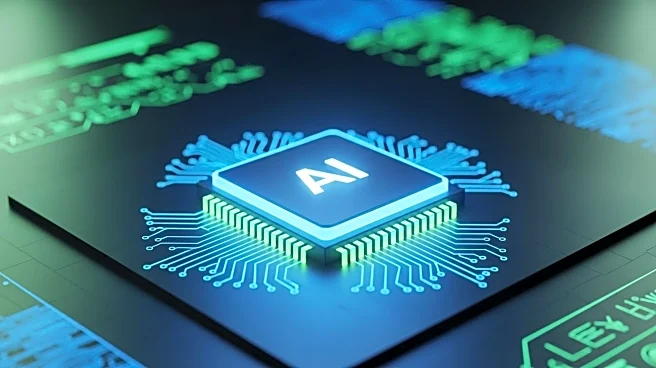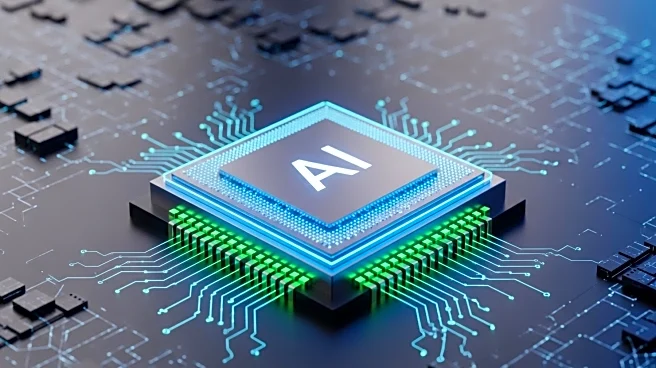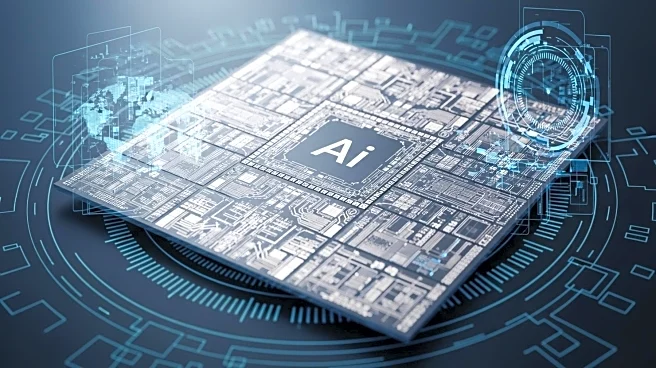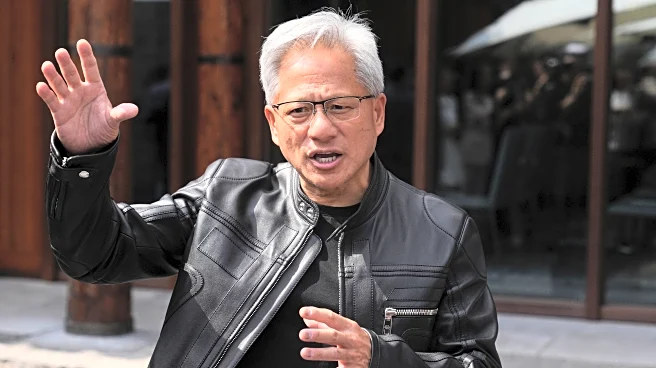What's Happening?
Chinese AI developer DeepSeek has disclosed the training costs for its R1 model, amounting to $294,000, significantly lower than the costs reported by U.S. competitors. This revelation, published in the journal Nature, has reignited discussions about China's position in the global AI race. DeepSeek's founder, Liang Wenfeng, has largely remained out of the public eye since the company's release of lower-cost AI systems earlier this year, which caused a stir among global investors. The training of large language models, such as those used in AI chatbots, involves substantial expenses due to the need for powerful computing resources. DeepSeek's R1 model was trained using 512 Nvidia H800 chips, designed specifically for the Chinese market following U.S. export restrictions on more advanced chips. The company has acknowledged using A100 chips during the initial stages of development.
Why It's Important?
The disclosure of DeepSeek's training costs highlights the competitive dynamics in the AI industry, particularly between China and the United States. Lower training costs could enable broader access to AI technologies, potentially challenging the dominance of established players like Nvidia and OpenAI. This development may influence investment decisions and strategic planning within the tech sector, as companies assess the implications of cost-effective AI models. Additionally, the use of Nvidia's H800 chips, designed for the Chinese market, underscores the impact of geopolitical tensions on technology development and trade.
What's Next?
The revelation of DeepSeek's training costs may prompt further scrutiny and debate regarding the methods and technologies used in AI development. U.S. companies and officials have questioned some of DeepSeek's claims, particularly concerning the use of Nvidia chips. As the AI industry continues to evolve, stakeholders may seek to understand the implications of cost-effective models on market competition and innovation. The ongoing geopolitical tensions between the U.S. and China could also influence future developments in AI technology and trade policies.












